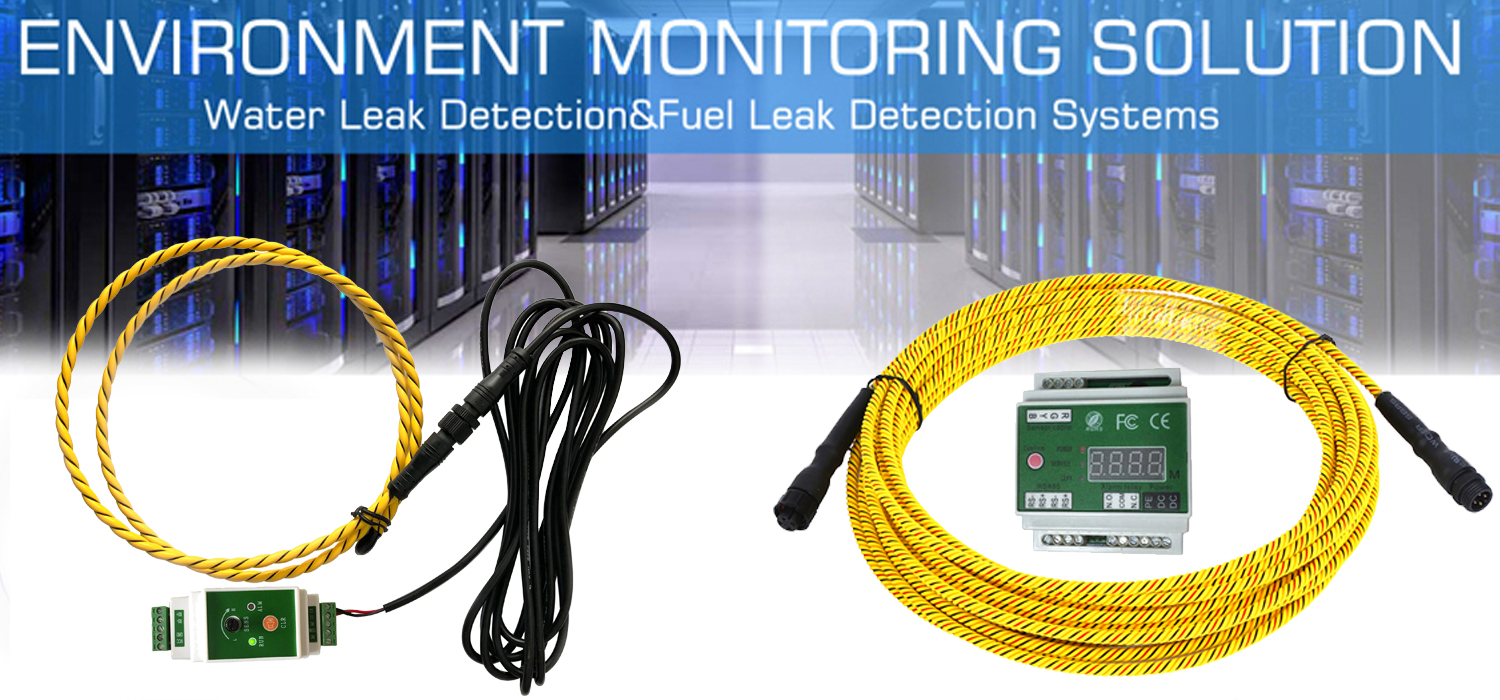Environment Monitoring is critical to maintaining the integrity of various spaces, from data centers and server rooms to building facilities and hospitals. Water leakage is one of the most significant threats to these environments, which can lead to costly damages and disruptions. To address this concern, innovative solutions like Water Sensing Systems have emerged as invaluable tools in creating and maintaining a dry and secure environment.
Understanding Water Sensing Systems
Water Sensing Systems are advanced technologies designed to detect and alert against potential water leaks. These systems consist of various components, including water leak detection cables, controllers, and sensors. The primary goal of these systems is to provide early detection and immediate response to any water-related issues, thus preventing damage and ensuring the safety of valuable assets.
How Water Sensing Systems Work
Water sensing systems operate on a simple yet effective principle. They utilize specialized cables and sensors strategically placed in areas prone to water leakage. These components are highly sensitive to even the slightest presence of moisture. When water comes into contact with the sensing elements, it triggers an alert system that can take various forms, such as audible alarms, visual notifications, or remote alerts to designated personnel.
Key Benefits of Water Sensing Systems
Early Detection:
Water sensing systems offer rapid and accurate detection of water leaks, allowing for quick response and mitigation. It is crucial in preventing extensive damage and downtime.
Risk Reduction:
By promptly identifying and addressing water leaks, these systems significantly reduce the risk of equipment malfunction, property damage, and potential safety hazards.
Data Center Protection:
Data centers and server rooms house delicate and expensive equipment. Water leaks in these environments can lead to catastrophic data loss and operational disruptions. Water sensing systems play a vital role in safeguarding these critical spaces.
Customizable Solutions:
Water sensing systems can be tailored to specific needs and environments. This adaptability ensures the system effectively covers the most susceptible to water leakage.
Ease of Integration:
These systems can seamlessly integrate into facility management and monitoring systems, enhancing operational efficiency.
Best Practices for Utilizing Water Sensing Systems
Strategic Placement:
Identify areas with a higher risk of water leaks, such as around pipes, HVAC systems, and potential entry points. Place sensors and cables in these locations for maximum coverage.
Regular Maintenance:
To ensure proper functioning, perform routine checks and maintenance on the water-sensing system. Replace any damaged components promptly.
Response Protocols:
Establish clear protocols for responding to alerts generated by the system. Designate responsible personnel and define appropriate actions to be taken.
Integration with Building Management Systems:
Integrate the water sensing system with your building’s management system for a centralized and comprehensive approach to environmental monitoring.
Continuous Improvement:
Regularly assess the effectiveness of the water sensing system and make necessary adjustments based on any evolving risks or changes in the environment.
Conclusion
Water Sensing Systems are indispensable tools in modern environment monitoring efforts. Their ability to provide early detection, mitigate risks, and prevent water-related damages makes them a valuable investment for various industries. By strategically implementing these systems and following best practices, organizations can create and maintain dry environments that ensure the protection of assets and the seamless operation of critical spaces.







